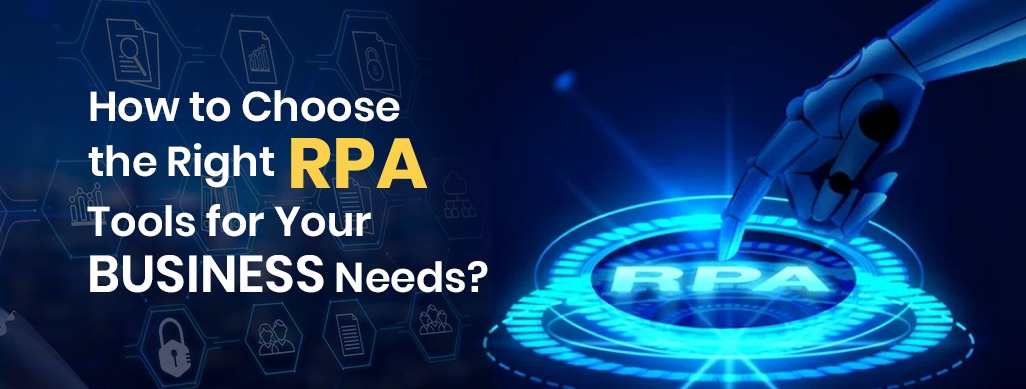
We use cookies to ensure that we give you the best experience on our website.
By using this site, you agree to our use of cookies. Find out more.

Are you spending too much time on work that could be automated? Many businesses are troubled by repetitive processes that consume time, lower efficiency, and increase the chance of human error. A selection of the right RPA tool can turn that around- but how do you ensure it really suits your needs?
Read on to find out how a wise choice of RPA tool today can save tons of time, money, and resources for your business in the future.
Before any tool is bought, it is important to understand what robotic process automation (RPA) really means for you. RPA is intended to perform tasks that are high-volume, rule-bound, and tedious for people.
Typical Use Cases:
With the automation of these processes, businesses enjoy improved levels of accuracy, speed, and productivity and are also able to focus their human efforts on more strategic activities.
Every business has a different need for automation. One company will want to automate financial processes, while another will want to apply it to customer service workflows. Start by clearly defining your automation goals.
Ask Yourself:
Understanding your end goals will help you narrow down better RPA tools with capabilities matching your objectives.
Not all tools are created equally. The best RPA tool for your business should have features that map to your organization's technical requirements and business growth path.
Must-Have Features:
Having these key features will yield an easier transition and fewer tech-related "headaches" moving forward.
Even the best software won't help if you can't use it properly. Vendor support can make or break your automation experience.
Ask Yourself:
If you are using NOC Service Providers USA or are alone, strong vendor support will reduce your risk and increase your overall return on investment.
Price you need to consider, but your overall price can't be the sole deciding factor. Evaluate the total cost of ownership and what value the tool will bring to your business over the long term.
Some things to consider:
Sometimes, spending a little more for a tool that can save you hours every week is far wiser than spending less for a tool that never works or has limited functionality.
The tool could be great, but if it is not compatible with your current IT environment, it could be a curse more than it is a blessing.
Check for:
If you are already working with NOC Service Providers USA, have them vet any new tools to ensure compatibility and seamless integration.
Do not lock yourself into a long-term agreement without putting the tool through its paces. A trial or test run will help give you a measure of how the tool will perform in a real-world situation.
Process to Follow:
Doing this provides you with insight into the tool's strengths and weaknesses and where it fits into your business processes.
There is a level of detail from practical experience that you cannot get in a brochure or from a sales pitch. Seek out case studies on companies doing similar work to yours.
What To Look For:
Using this information to learn from the experience of others will help you bypass some mistakes and arrive at a better decision.
Ultimately, don't pick the most popular or cheapest solution. Select the tool that is right for you, provides solid support, and can expand with your business.
Key Balance:
A good robotic process automation solution selected can pay for itself over time, not just from saved funds, but improved processes.
The appropriate RPA tool for you should align with your business objectives, fit your current systems, and produce value in the long run. Don't rush through this decision, but rather take your time to assess, evaluate, test, and compare the tools. The tool you choose is your first step, whether you're monitoring automation internally or through NOC Service Providers USA, to actual efficiency and measurable success.
Make a list of all the processes you wish to automate and the reasons for which you are seeking out these automation capabilities. Doing so will make it much easier for you to find the appropriate tools for your purposes.
There can be a significantly wide range of prices for RPA software. For instance, while some tools may offer free trials, others may charge a monthly fee or charge on a per user basis. Be sure to consider long-term ROI before choosing your RPA tool based just on cost.
Many RPA software options already have low-code or no-code options, meaning they are quite accessible to users who lack any technical skills. Most will not encounter technical issues except for particularly complex tasks, which will normally require the assistance of IT.
Yes, there are many RPA tools built to integrate into 'legacy' systems. You just need to be conscious of compatibility during your research.
Yes. Having a demo or trial run allows you to assess whether the tool fits into your workflow and provides you with the results you sold yourself on.
Leave a Comment
Your email address will not be published.